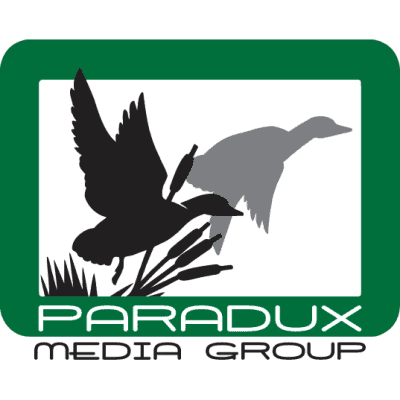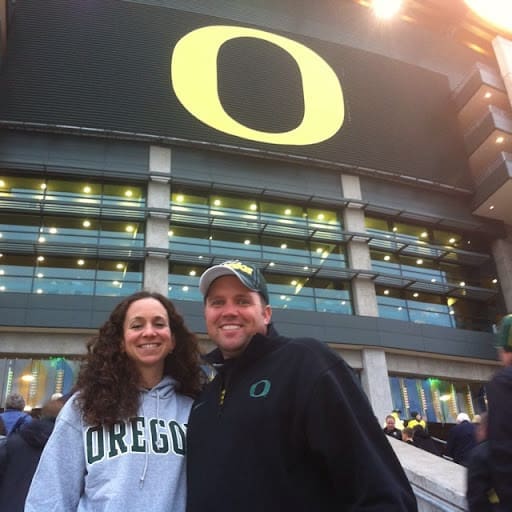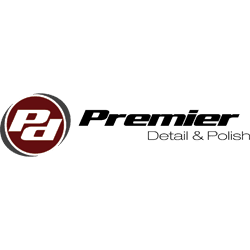For most small business owners dealing with media buying is like dealing with an ever-changing alphabet soup. This is primarily because the language of media is cluttered with acronyms. And understanding each acronym is necessary to getting the most out of your media buy. AQH, GRP’s CPM, CPP and that was before web banners, unique users, and social media… for this blog, we’ll just deal with what was once referred to as traditional media. Since most store owners haven’t seen an AQH, CPP, CPM or GPR come directly into their place of business and purchase something it can be hard to relate.
I’ve never seen an advertising sales rep not come to a meeting prepared to let the business owner know how they were number 1 (me included). I like to call it the wheel of fortune theory for the business owner, spin and hopefully win. Today’s economic times don’t allow the small business any room for error in their advertising investments without landing on the bankruptcy space. All advertising works if used properly and fails if used improperly. You don’t have to be able to decipher the media alphabet soup. You just have to keep these simple things in mind:
 Know your demographic, not what you perceive your company’s demographic to be, but what your company’s demographic truly is!
Know your demographic, not what you perceive your company’s demographic to be, but what your company’s demographic truly is!- Create a message that fits the demographic that you need to communicate to and then purchases the medium that best hits that demographic.
Also, realize that each of the old traditional ways of advertising has special strengths and weaknesses in how they communicate and how we use that particular media.
Traditional Media Buying Uses
- TV is a great way to build your image, TV, after all, is the home of stars. Even our local news anchors and weatherman have a certain celebrity status in our communities. Used properly, TV is a great way to build your image and gain status around town.
- Radio is a great traffic driving tool when you need to put butts in seats and sell tickets to a concert or event; radio is where people usually turn to first. Used properly radio can have the same results for a retail business.
- Newspaper and direct mail are price and item pieces. When we read the paper (for those few who still do) if they are going to notice ads, they’re usually looking for a sale; so item and price is the most efficient way to use print.
- Published: May 3, 2010
- Author: Mike Frey
- Blog: Beyond the Pond Blog
- Category:
- Tags: Advertising, business owner, Business Owners, Buying Media, clutter, Communication Design, demographic, direct mail, economy, local news, location, marketing, media, Media Buying, newspaper, perspective, radio, sales staff, small business, Small Business Owners, Social media, television, tv, Web, web banners
- Comments:
Quacktastic Reviews:
Excellent team to work with! Mike and Tisha are fantastic at coming up with new ideas while staying true to my companies vision, values, and…

Operating a restaurant and bar is hard enough. It demands wearing many hats. Promotions and marketing is not one of them any longer since we…











Can not recommend this team enough. What started as a one-time website re-design has evolved into Paradux handling the vast majority of our marketing. Business…











We would not be able to run as smoothing, quickly, or efficiently if it was not for Paradux Media Group. Tisha and team is hands…











Recently, I had the opportunity to work with Paradux Media on a website build, and I just couldn’t have been happier with the process and…











Mike and his team are well known within the region and marketing community as an insightful industry leader. If you are looking for a Marketing…











Paradux Media is a very professional group, and they know what they’re doing. Whether they are placing buys for clients, or producing high-quality TV spots,…











Paradux helped build my business in all capacities. Without them, I would never have had the resources and ability to get so much accomplished –…











Mike, Tisha, and the team can build you anything you want for your company or small business. Very knowledgeable and easy to work with. They…











As a long-time client of Paradux, I can confidently say that their creative team is one of the best in the business. They consistently produce…












 Know your demographic, not what you perceive your company’s demographic to be, but what your company’s demographic truly is!
Know your demographic, not what you perceive your company’s demographic to be, but what your company’s demographic truly is!








